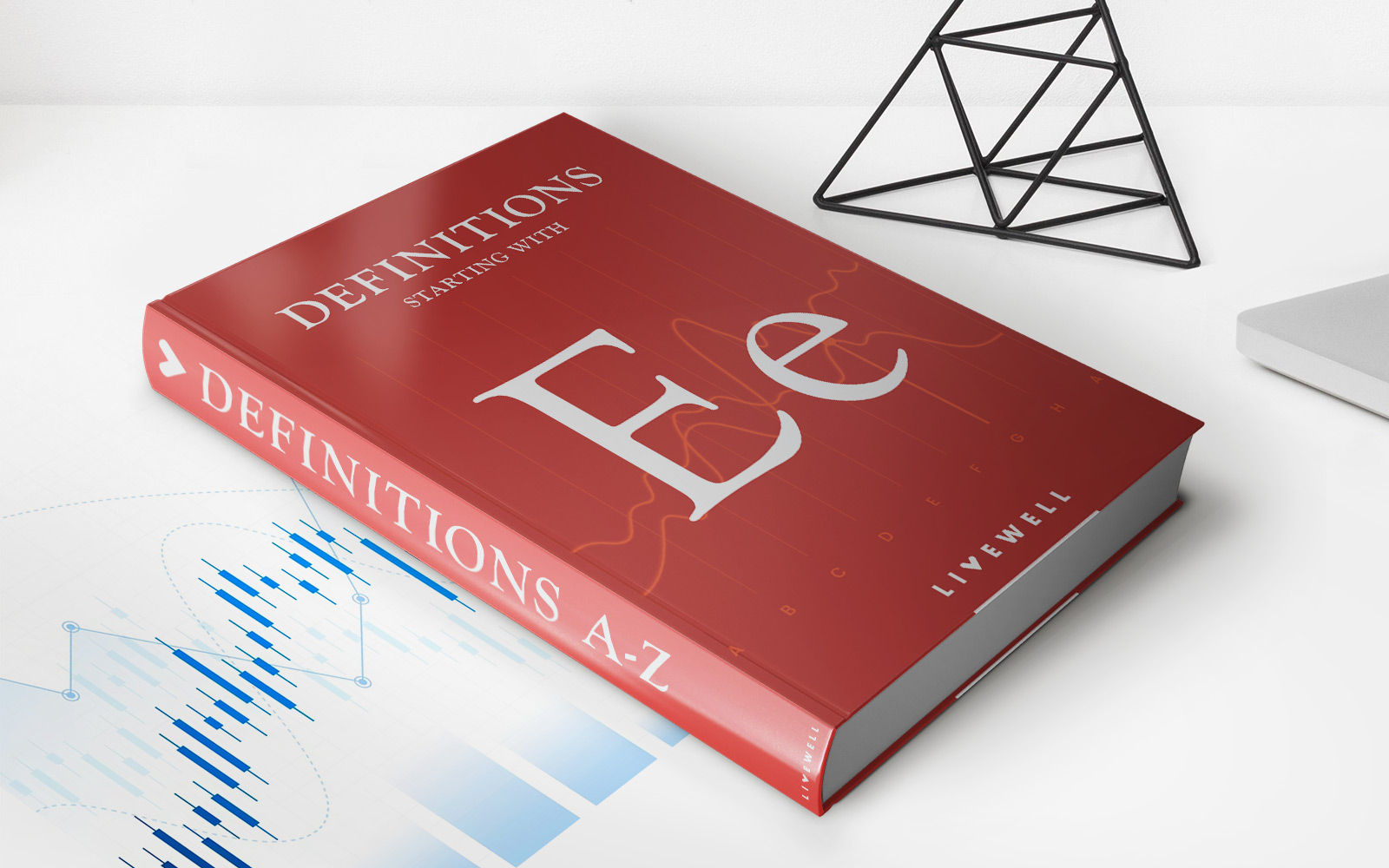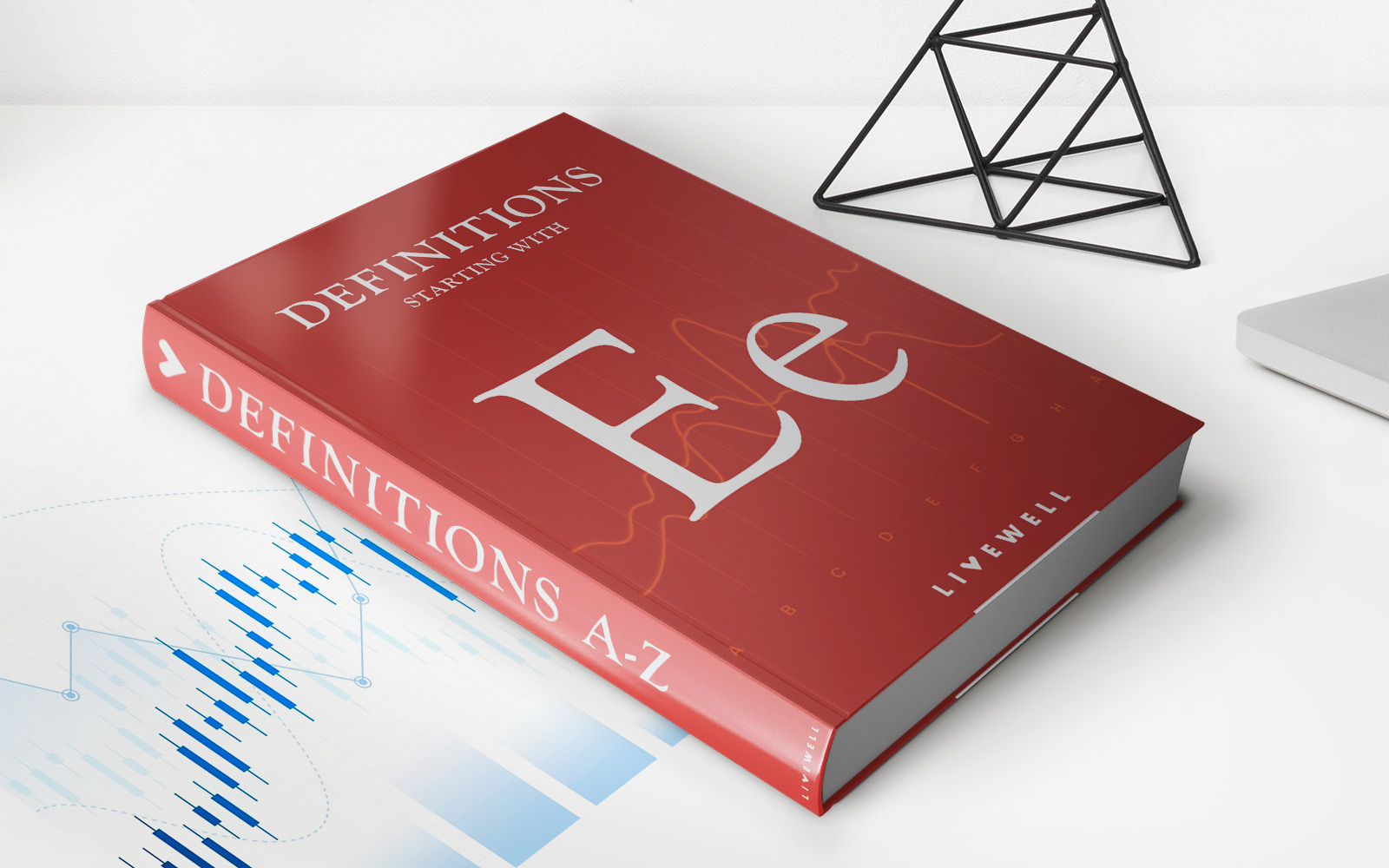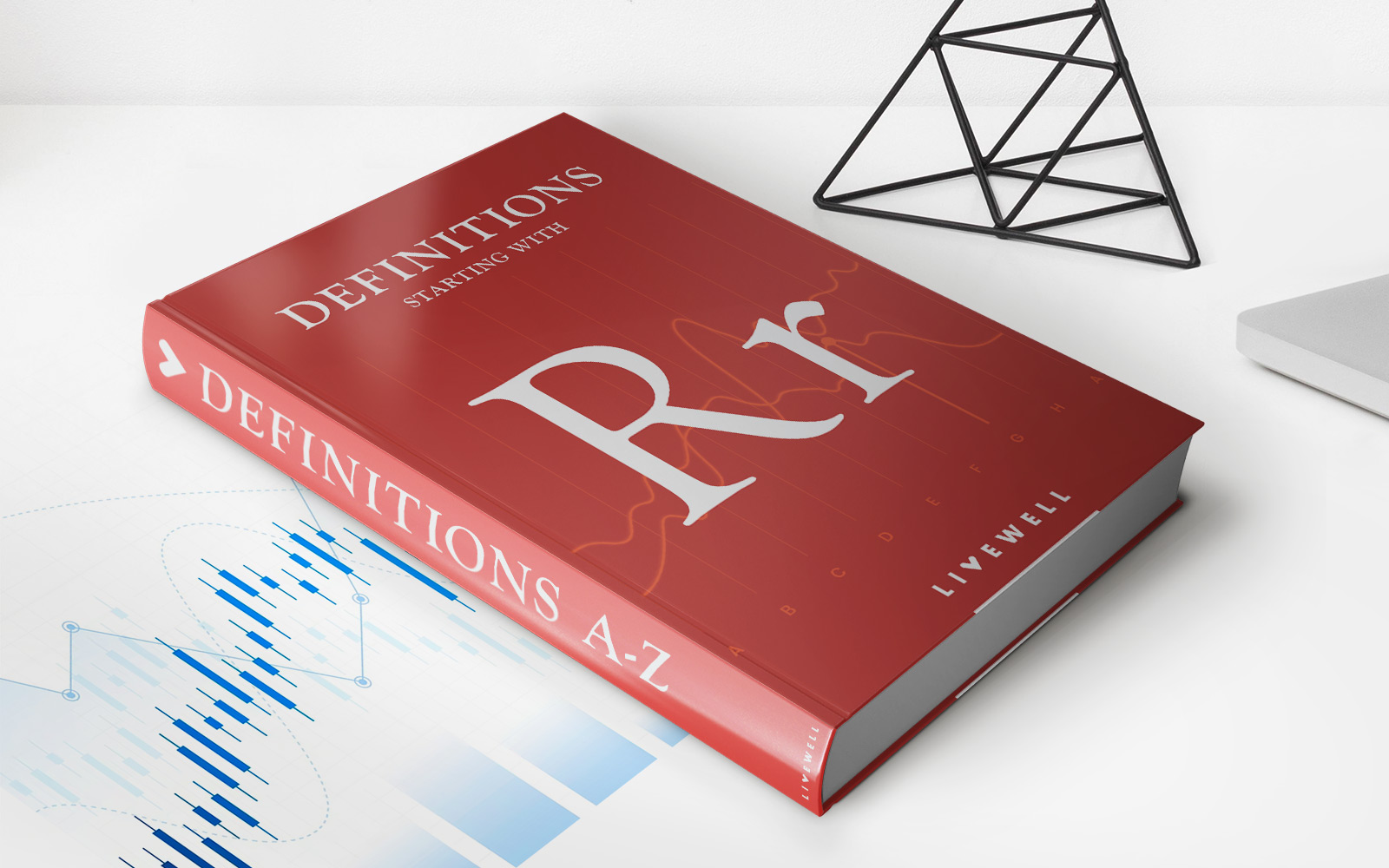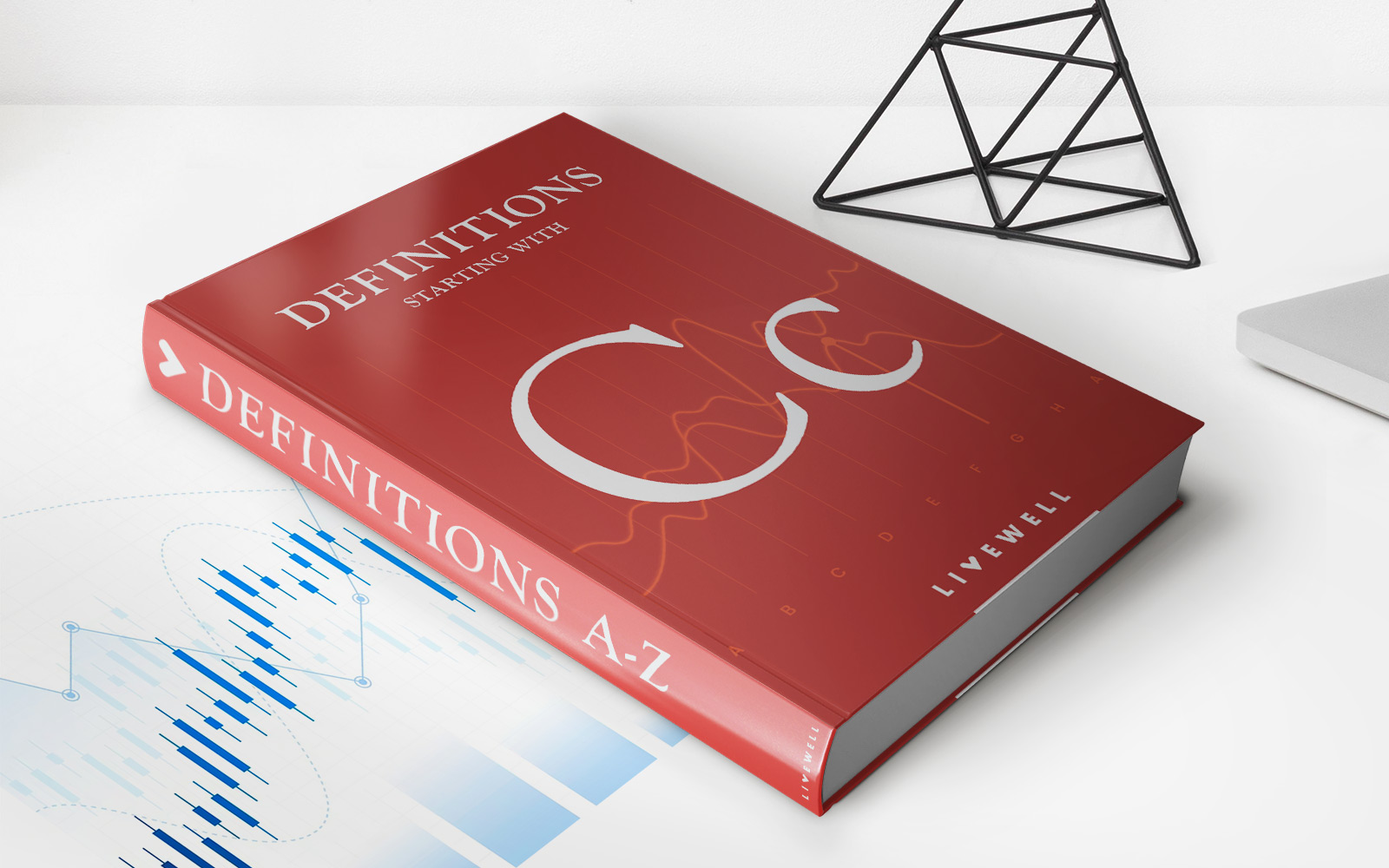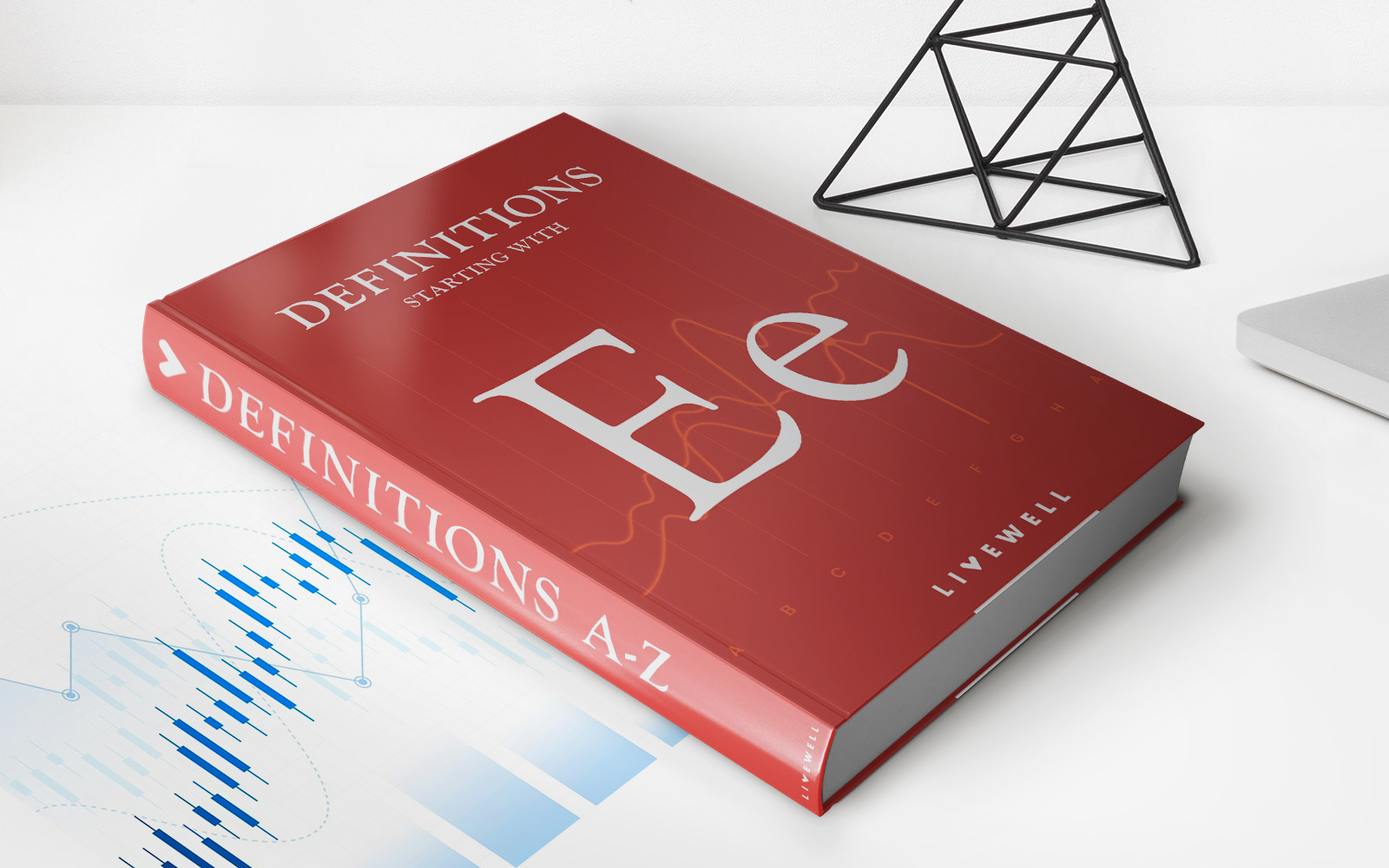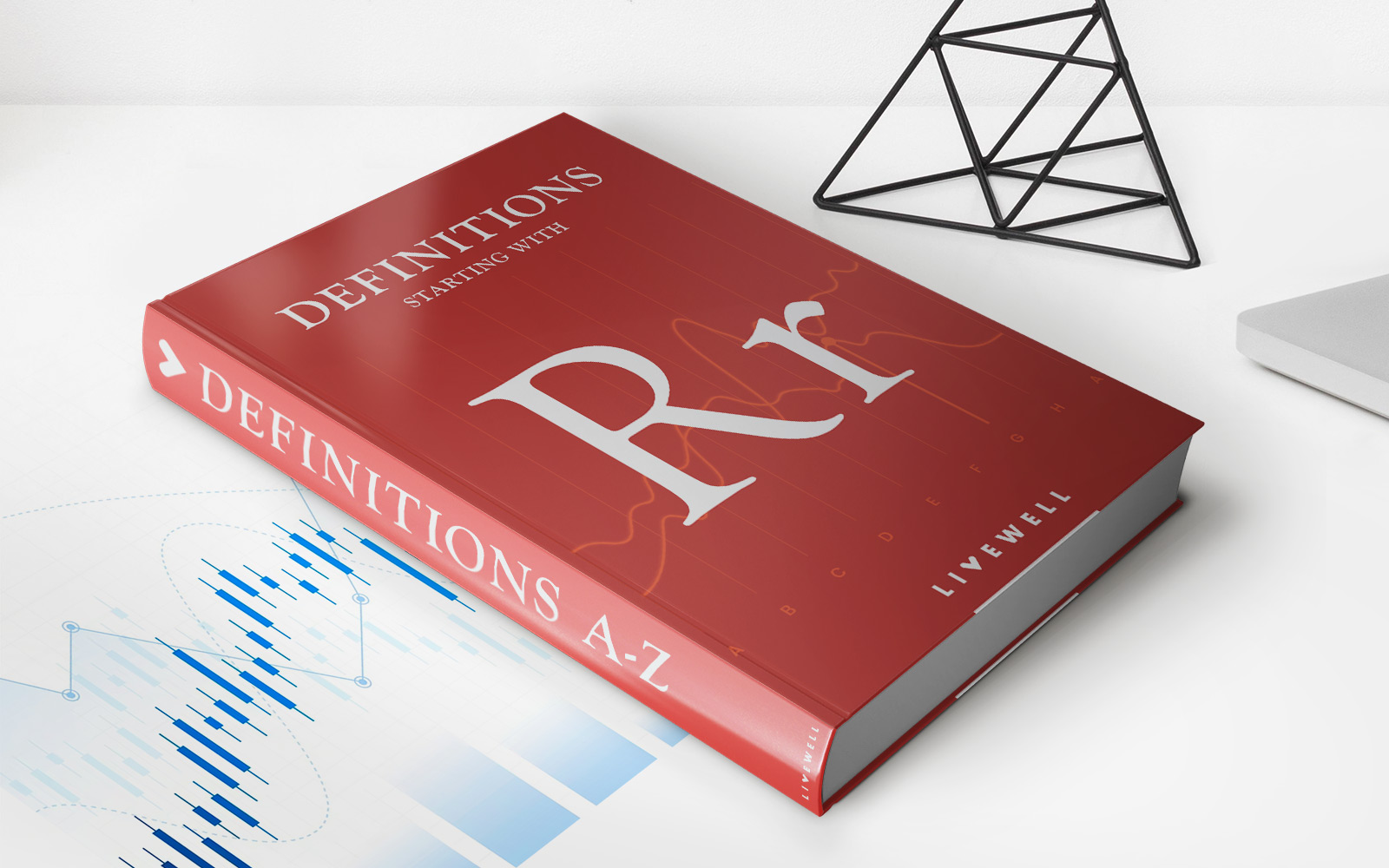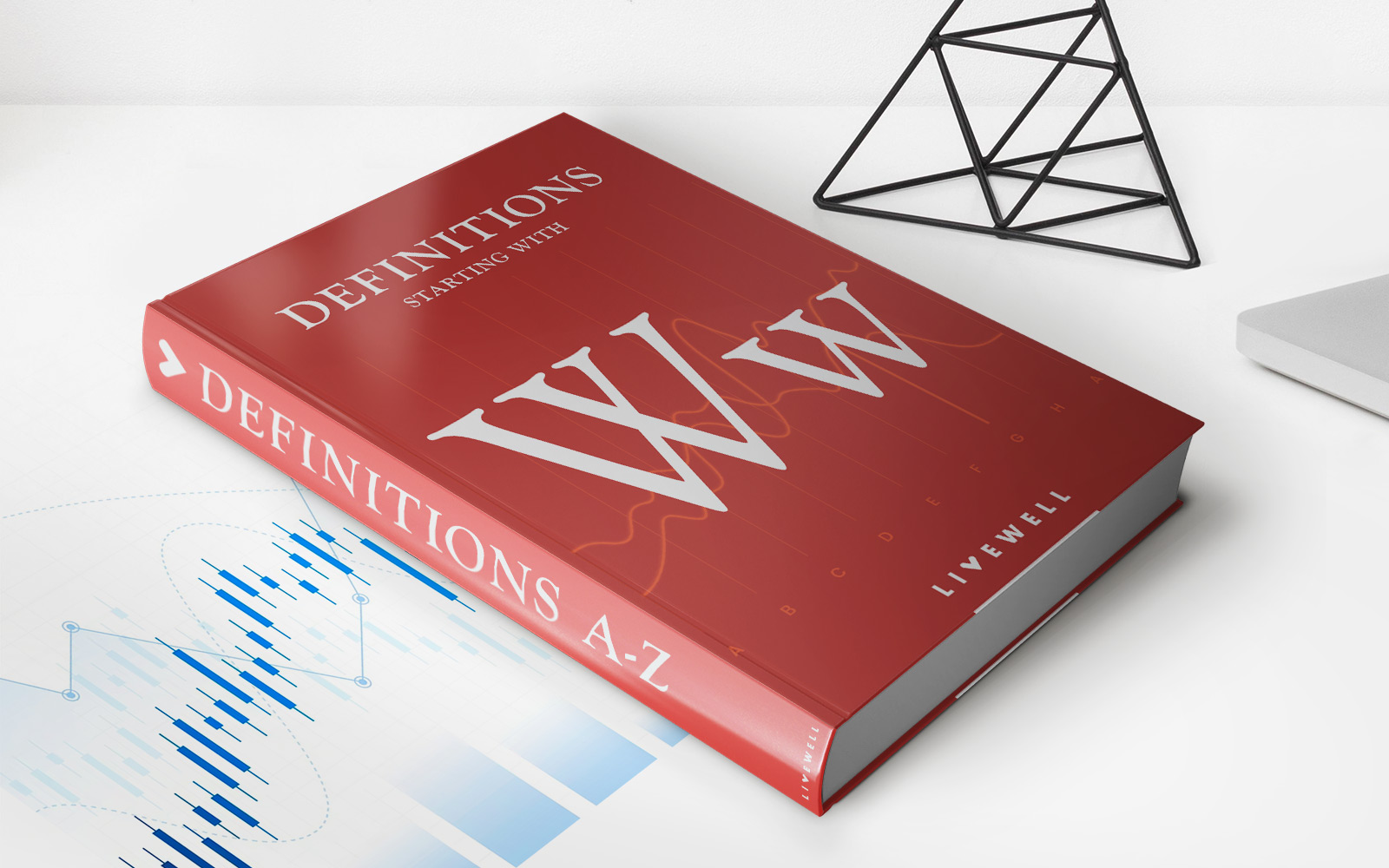Home>Finance>Calculated Intangible Value (CIV): Definition And Examples
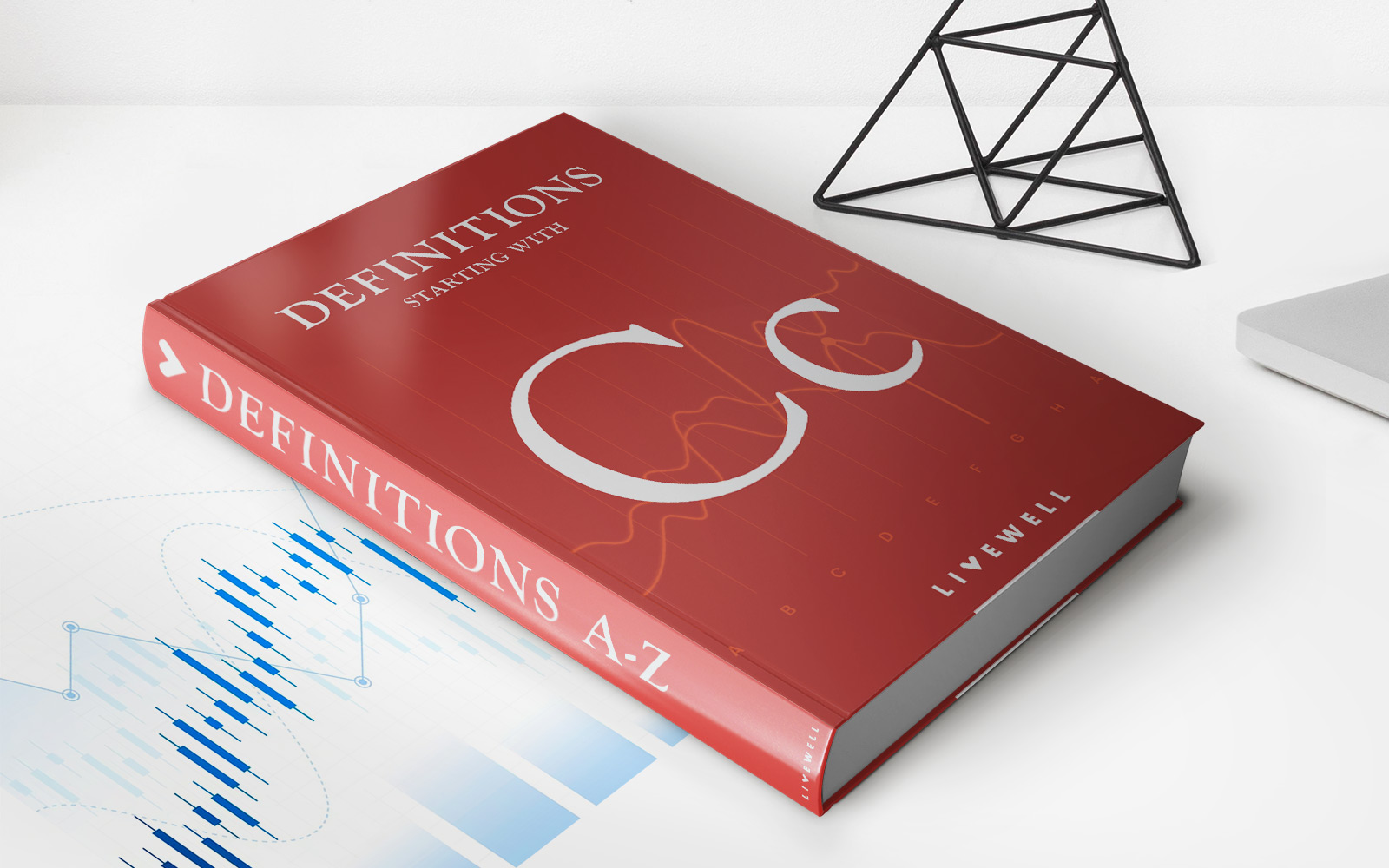

Finance
Calculated Intangible Value (CIV): Definition And Examples
Published: October 21, 2023
Learn about Calculated Intangible Value (CIV) in finance. Understand the definition and explore real-life examples to enhance your financial knowledge.
(Many of the links in this article redirect to a specific reviewed product. Your purchase of these products through affiliate links helps to generate commission for LiveWell, at no extra cost. Learn more)
The Power of Calculated Intangible Value (CIV) in Finance
Finance is a vast field that encompasses various concepts and strategies. One such concept that has gained significant importance in recent years is Calculated Intangible Value (CIV). In this blog post, we will explore the definition of CIV, its significance in the financial world, and provide some examples to help you better understand its practical application.
Key Takeaways:
- Calculated Intangible Value (CIV) is a financial concept that measures the worth of a company’s intangible assets.
- CIV helps investors and analysts to understand the potential value and risk associated with intangible assets, such as patents, intellectual property, brand recognition, and customer loyalty.
Now, let’s dive deeper into the concept of CIV. In simple terms, CIV is a way of quantifying the value of intangible assets that cannot be easily measured or observed. While tangible assets like buildings and machinery are relatively straightforward to evaluate, intangible assets present a unique challenge. CIV bridges this gap and provides a means to assess and analyze the worth of these assets.
Examples of Calculated Intangible Value (CIV)
To get a better grasp of how CIV works, let’s look at a few examples:
- Brand Value: Companies like Coca-Cola and Apple have established strong brand recognition globally. The CIV for these companies takes into account the value of their brand, including customer loyalty and the ability to charge a premium for their products.
- Intellectual Property: A pharmaceutical company with a patented drug possesses intangible assets that contribute to its overall value. The CIV in this case would consider the potential revenue generated from the patent protection.
- Human Capital: Some companies have a highly skilled and experienced workforce that contributes significantly to their success. The CIV analysis would evaluate the value of human capital in terms of expertise, productivity, and innovation.
- Customer Relationships: Companies with a loyal customer base can derive substantial value from their relationships. CIV would assess the economic benefits of customer loyalty and the likelihood of repeat business.
- Technology: Innovative companies often possess valuable technological advancements that provide a competitive edge. CIV would take into account the market potential and revenue generation capabilities of these technologies.
The Significance of Calculated Intangible Value (CIV)
Understanding the calculated intangible value is crucial in today’s business landscape, as traditional financial metrics may not capture the full value of a company. By quantifying intangible assets, CIV provides a more comprehensive assessment of a company’s worth. Here are a few key reasons why CIV is significant:
- Investment Decision-making: Investors can utilize CIV analysis to evaluate the potential return on investment and measure the risk associated with intangible assets.
- Valuation Accuracy: CIV helps in accurately valuing a company during mergers and acquisitions, as it considers the intangible assets that conventional valuation methods may not fully capture.
- Risk Management: By understanding the value of intangible assets, companies can better assess their exposure to risks and develop strategies to protect and enhance these assets.
In conclusion, Calculated Intangible Value (CIV) is a valuable tool in the world of finance that allows for a more holistic evaluation of a company’s worth. Understanding and incorporating CIV into financial analysis can provide investors and companies with a clearer picture of a company’s potential, risk level, and overall value. By considering the intangible assets, businesses can make more informed decisions and better position themselves for success in the competitive landscape.
